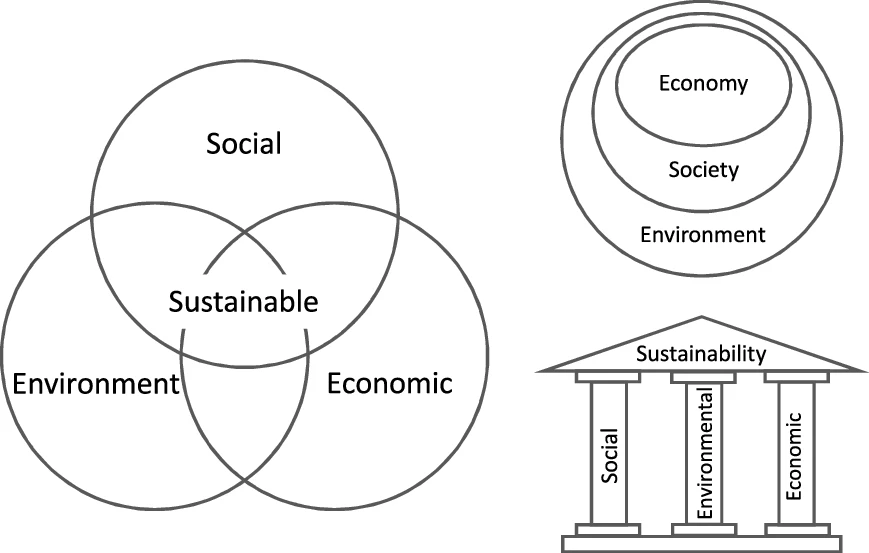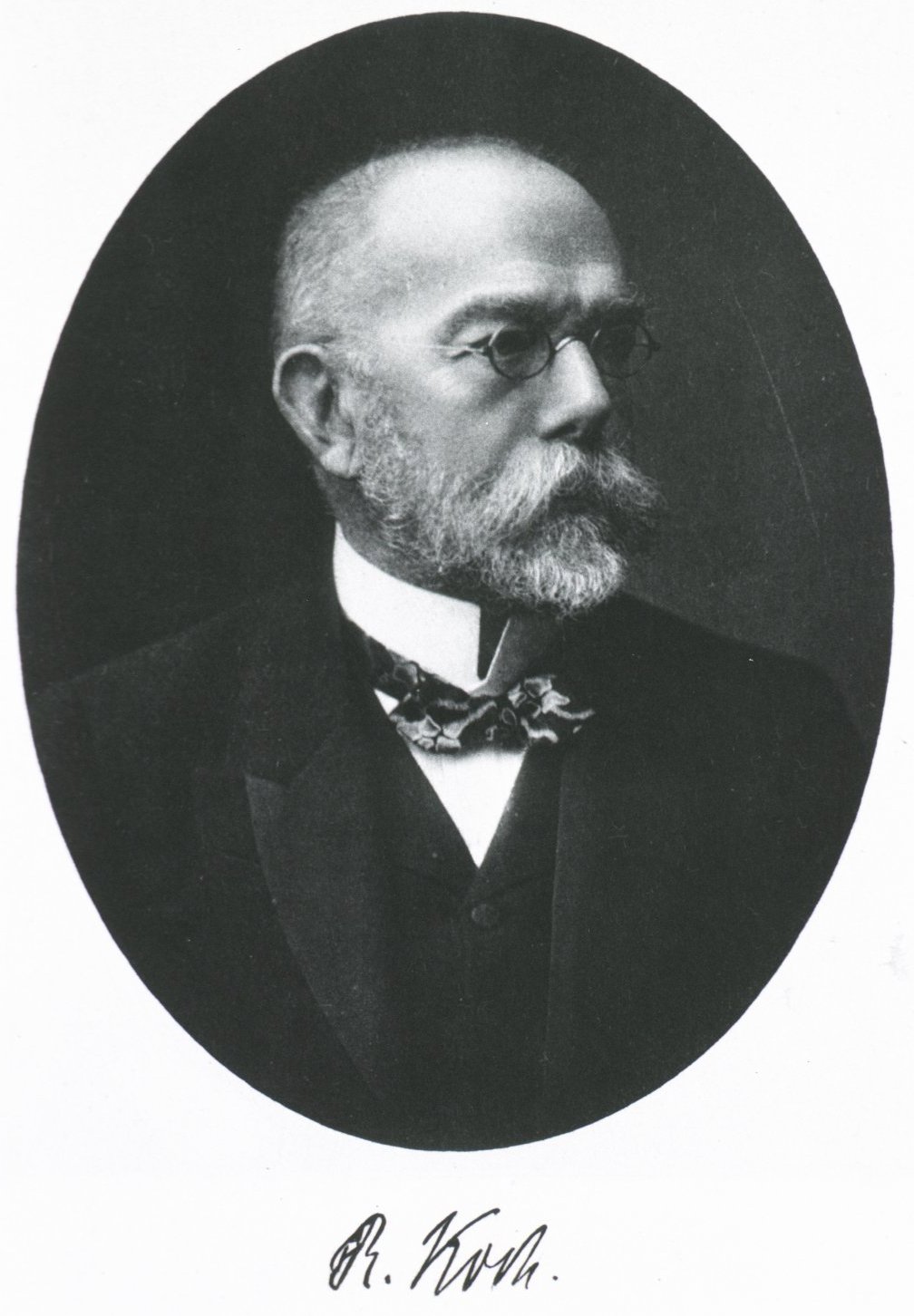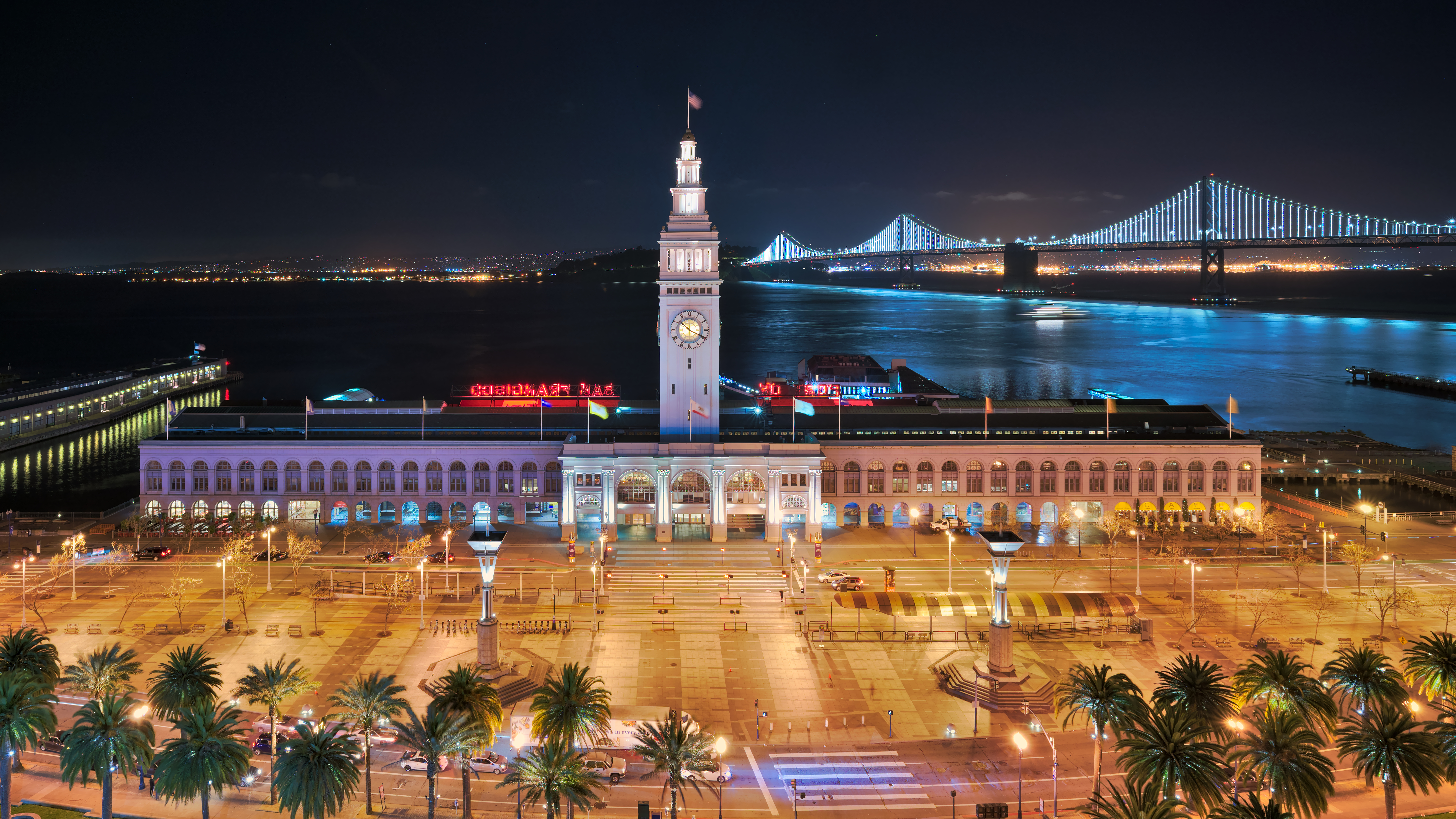|
Millennium Development Goals
In the United Nations, the Millennium Development Goals (MDGs) were eight international development goals for the year 2015 created following the Millennium Summit, following the adoption of the United Nations Millennium Declaration. These were based on the OECD DAC International Development Goals agreed by Development Ministers in the "Shaping the 21st Century Strategy". The Sustainable Development Goals (SDGs) succeeded the MDGs in 2016. All 191 United Nations member states, and at least 22 international organizations, committed to help achieve the following Millennium Development Goals by 2015: # To eradicate extreme poverty and hunger # To achieve universal primary education # To promote gender equality and empower women # To reduce child mortality # To improve maternal health # To combat HIV/AIDS, malaria, and other diseases # To ensure environmental sustainability # To develop a global partnership for development [...More Info...] [...Related Items...] OR: [Wikipedia] [Google] [Baidu] |
Flag Of The United Nations
The flag of the United Nations is a sky blue banner containing the United Nations' emblem in the centre. The emblem on the flag is coloured white; it is a depiction of the world map in the azimuthal equidistant projection (centred on the North Pole and the International Date Line), surrounded by a pair of olive branches, a Peace symbols, symbol of peace. The emblem was officially adopted on 7 December 1946, and the flag containing the emblem was officially adopted on 20 October 1947. Design The flag of the United Nations consists of the white emblem on the sky blue background. The emblem depicts a azimuthal equidistant projection of the world map, centred on the North Pole, with the globe being orientated to the International Date Line. The projection of the map extends to 60 degrees south latitude, and includes five concentric circles. The map is inscribed in a wreath consisting of crossed conventionalized Olive branch, branches of the olive tree. The size of the emblem on ... [...More Info...] [...Related Items...] OR: [Wikipedia] [Google] [Baidu] |
Environmental Sustainability
Sustainability is a social goal for people to co-exist on Earth over a long period of time. Definitions of this term are disputed and have varied with literature, context, and time. Sustainability usually has three dimensions (or pillars): environmental, economic, and social. Many definitions emphasize the environmental dimension. This can include addressing key environmental issues, environmental problems, including climate change and biodiversity loss. The idea of sustainability can guide decisions at the global, national, organizational, and individual levels. A related concept is that of sustainable development, and the terms are often used to mean the same thing. UNESCO distinguishes the two like this: "''Sustainability'' is often thought of as a long-term goal (i.e. a more sustainable world), while ''sustainable development'' refers to the many processes and pathways to achieve it." Details around the economic dimension of sustainability are controversial. Scholars have d ... [...More Info...] [...Related Items...] OR: [Wikipedia] [Google] [Baidu] |
Tuberculosis
Tuberculosis (TB), also known colloquially as the "white death", or historically as consumption, is a contagious disease usually caused by ''Mycobacterium tuberculosis'' (MTB) bacteria. Tuberculosis generally affects the lungs, but it can also affect other parts of the body. Most infections show no symptoms, in which case it is known as inactive or latent tuberculosis. A small proportion of latent infections progress to active disease that, if left untreated, can be fatal. Typical symptoms of active TB are chronic cough with hemoptysis, blood-containing sputum, mucus, fever, night sweats, and weight loss. Infection of other organs can cause a wide range of symptoms. Tuberculosis is Human-to-human transmission, spread from one person to the next Airborne disease, through the air when people who have active TB in their lungs cough, spit, speak, or sneeze. People with latent TB do not spread the disease. A latent infection is more likely to become active in those with weakened I ... [...More Info...] [...Related Items...] OR: [Wikipedia] [Google] [Baidu] |
Civil And Political Rights
Civil and political rights are a class of rights that protect individuals' political freedom, freedom from infringement by governments, social organizations, and private individuals. They ensure one's entitlement to participate in the civil and political life of society and the State (polity), state. Civil rights generally include ensuring peoples' physical and mental integrity, right to life, life, and safety, protection from discrimination, the right to privacy, the freedom of freedom of thought, thought, freedom of speech, speech, freedom of religion, religion, freedom of the press, press, freedom of assembly, assembly, and freedom of movement, movement. Political rights include natural justice (procedural fairness) in law, such as the rights of the accused, including the right to a fair trial; due process; the right to seek redress or a legal remedy; and rights of Participation (decision making), participation in civil society and politics such as freedom of association, th ... [...More Info...] [...Related Items...] OR: [Wikipedia] [Google] [Baidu] |
Economic, Social And Cultural Rights
Economic, social and cultural rights (ESCR) are Socioeconomics, socio-economic human rights, such as the right to education, right to housing, right to an adequate standard of living, right to health, victims' rights and the right to science and culture. Economic, social and cultural rights are recognised and Protection, protected in international and regional human rights instruments. Member states have a legal obligation to respect, protect and fulfil economic, social and cultural rights and are expected to take "''progressive action''" towards their fulfilment. The Universal Declaration on Human Rights recognises a number of economic, social and cultural rights and the International Covenant on Economic, Social and Cultural Rights (ICESCR) is the primary international legal source of economic, social and cultural rights. The Convention on the Rights of the Child and the Convention on the Elimination of All Forms of Discrimination Against Women recognises and protects many of t ... [...More Info...] [...Related Items...] OR: [Wikipedia] [Google] [Baidu] |
Infrastructure
Infrastructure is the set of facilities and systems that serve a country, city, or other area, and encompasses the services and facilities necessary for its economy, households and firms to function. Infrastructure is composed of public and private physical structures such as roads, railways, bridges, airports, public transit systems, tunnels, water supply, sewers, electrical grids, and telecommunications (including Internet connectivity and broadband access). In general, infrastructure has been defined as "the physical components of interrelated systems providing commodities and services essential to enable, sustain, or enhance societal living conditions" and maintain the surrounding environment. Especially in light of the massive societal transformations needed to mitigate and adapt to climate change, contemporary infrastructure conversations frequently focus on sustainable development and green infrastructure. Acknowledging this importance, the international co ... [...More Info...] [...Related Items...] OR: [Wikipedia] [Google] [Baidu] |
Human Capital
Human capital or human assets is a concept used by economists to designate personal attributes considered useful in the production process. It encompasses employee knowledge, skills, know-how, good health, and education. Human capital has a substantial impact on individual earnings. Research indicates that human capital investments have high economic returns throughout childhood and young adulthood. Companies can invest in human capital; for example, through education and training, improving levels of quality and production. History Adam Smith included in his definition of Capital (economics), capital "the acquired and useful abilities of all the inhabitants or members of the society". The first use of the term "human capital" may be by Irving Fisher. An early discussion with the phrase "human capital" was from Arthur Cecil Pigou: But the term only found widespread use in economics after its popularization by economists of the Chicago School of economics, Chicago School, in ... [...More Info...] [...Related Items...] OR: [Wikipedia] [Google] [Baidu] |
Report Of The Panel On United Nations Peacekeeping
The Report of the Panel on United Nations Peace Operations (2000) is commonly called the Brahimi Report, named for the chairman of the commission that produced it, '' Lakhdar Brahimi''. UN Secretary-General Kofi Annan had convened the Panel on March 7, 2000, ahead of the upcoming Millennium Summit, and had tasked it with making a thorough review of United Nations peace and security activities and recommending improvements. The report was published on August 17, 2000. In identical letters dated 21 August 2000 transmitting the report to the presidents of the UN General Assembly and the UN Security Council, Annan called the Panel's recommendations "essential to make the United Nations truly credible as a force for peace." The Report stands among the 199Agenda For Peaceand the 199Supplement to an Agenda for Peaceas one of the main documents on UN peacekeeping reform. The report noted that the United Nations member states have not yet implemented a standing UN army or standing UN pol ... [...More Info...] [...Related Items...] OR: [Wikipedia] [Google] [Baidu] |
Kofi Annan
Kofi Atta Annan (8 April 193818 August 2018) was a Ghanaian diplomat who served as the seventh secretary-general of the United Nations from 1997 to 2006. Annan and the UN were the co-recipients of the 2001 Nobel Peace Prize. He was the founder and chairman of the Kofi Annan Foundation, as well as chairman of The Elders (organization), The Elders, an international organisation founded by Nelson Mandela. Annan joined the United Nations in 1962, working for the World Health Organization's Geneva office. He went on to work in several capacities at the UN Headquarters, including serving as the Under-Secretary-General of the United Nations, under-secretary-general for United Nations peacekeeping, peacekeeping between March 1992 and December 1996. He was appointed secretary-general on 13 December 1996 by the United Nations Security Council, Security Council and later confirmed by the United Nations General Assembly, General Assembly, making him the first officeholder to be elected from ... [...More Info...] [...Related Items...] OR: [Wikipedia] [Google] [Baidu] |
Sustainable Development
Sustainable development is an approach to growth and Human development (economics), human development that aims to meet the needs of the present without compromising the ability of future generations to meet their own needs.United Nations General Assembly (1987)''Report of the World Commission on Environment and Development: Our Common Future''. Transmitted to the General Assembly as an Annex to document A/42/427 – Development and International Co-operation: Environment. The aim is to have a society where living conditions and resources meet human needs without undermining planetary integrity. Sustainable development aims to balance the needs of the Economic development, economy, Environmental protection, environment, and society. The Brundtland Report in 1987 helped to make the concept of sustainable development better known. Sustainable development overlaps with the idea of sustainability which is a Normativity, normative concept. Text was copied from this source, which is av ... [...More Info...] [...Related Items...] OR: [Wikipedia] [Google] [Baidu] |
Natural Disaster
A natural disaster is the very harmful impact on a society or community brought by natural phenomenon or Hazard#Natural hazard, hazard. Some examples of natural hazards include avalanches, droughts, earthquakes, floods, heat waves, landslides - including submarine landslides, tropical cyclones, volcanism, volcanic activity and wildfires. Additional natural hazards include blizzards, dust storms, firestorms, hails, ice storms, sinkholes, thunderstorms, tornadoes and tsunamis. A natural disaster can cause list of natural disasters by death toll, loss of life or property damage, damage property. It typically causes economic damage. How bad the damage is depends on how well people are Emergency management, prepared for disasters and how strong the buildings, roads, and other Infrastructure, structures are. Scholars have argued the term "natural disaster" is unsuitable and should be abandoned. Instead, the simpler term ''disaster'' could be used. At the same time, the type of haz ... [...More Info...] [...Related Items...] OR: [Wikipedia] [Google] [Baidu] |








